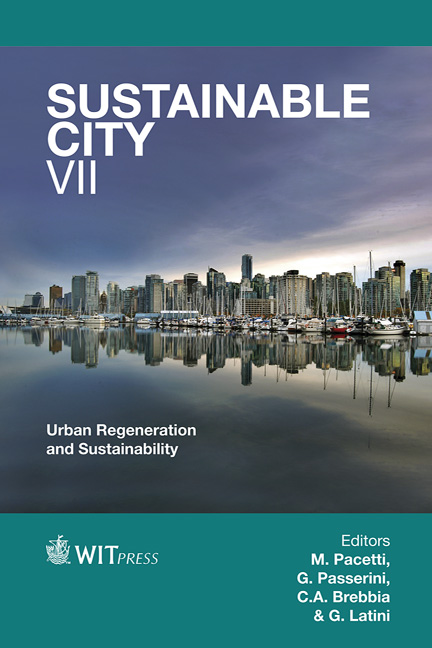Desire Lines: Determining Pathways Through The City
Price
Free (open access)
Transaction
Volume
155
Pages
11
Page Range
23 - 33
Published
2012
Size
589 kb
Paper DOI
10.2495/SC120031
Copyright
WIT Press
Author(s)
A. Furman
Abstract
The paper focuses on North American current situations concerned with Walkability, a term that refers to the level of amenity that an area provides a person with the many pleasant and interconnected experiences dealing with movement. Questions are raised as to why in the built-up portions of the city, the realization of Desire Lines are slow to emerge? Where is the permeability a city offers for walking based on Desire Lines? This term, coined by French Philosopher Gaston Bachelard, refers to the psychological, physical need to get from one place to the next, ‘les chemins du désir.’ We need to add to the general discussions about the quality of our sidewalk and park spaces, important edge conditions that have been exhaustively studied in theory and practice and grapple with the conditions found at the street level where the sidewalk and property line meets a wall of impermeability. The level of amenity that such built-up urban areas could provide to pedestrians as additional permeable walking space, it is argued, needs more attention by planners, architects, and designers to fully serve the needs of pedestrians that defines the urban experience. Keywords: pedestrianism, walkability, sojourn, permeability, path, pathways, public realm, urban filaments, Desire Lines, short cut, tactics.
Keywords
pedestrianism, walkability, sojourn, permeability, path, pathways, public realm, urban filaments, Desire Lines, short cut, tactics.





